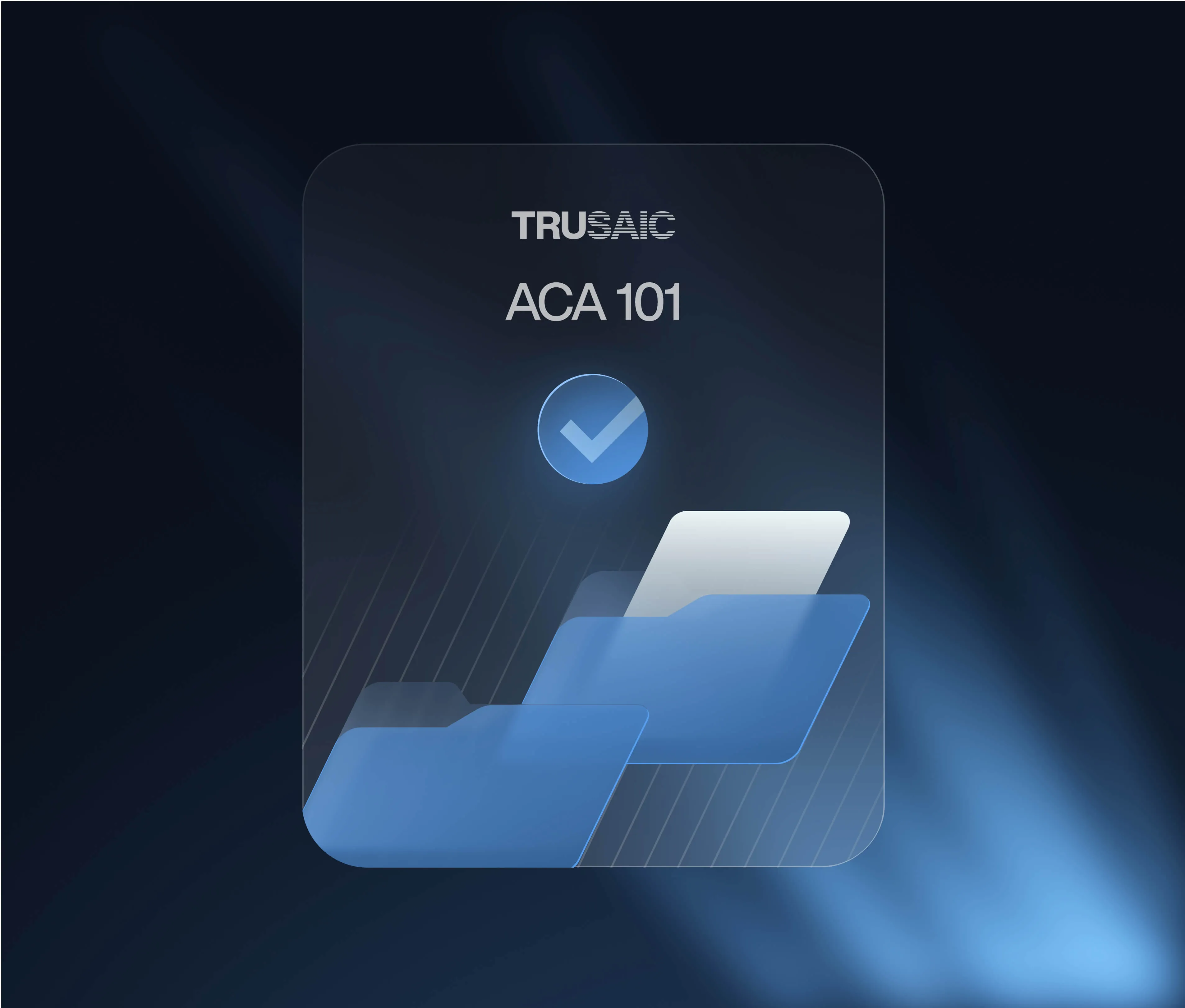January 2023, saw the adoption of the EU’s Corporate Sustainability Reporting Directive (CSRD). From as early as January 2024, companies across the EU’s 50 member states must comply with CSRD Reporting Standards.
The number of companies affected by sustainability reporting obligations is predicted to rise from 11,700 to 50,000. 10,000 of those are non-EU organizations, and an estimated 3,000 are American.
Reporting obligations under the CSRD are complex. Below, we explore some of the key provisions and explain why ESRS 1 is a “must-read” for all.
Background to European Sustainability Reporting
The CSRD supports the European Green Deal, a set of measures put in place to combat the climate crisis. It also plays a critical role in the EU’s ambitious goal of becoming climate-neutral by 2050.
EU public interest for listed organizations meeting any one of the following criteria and have at least 500 employees must comply with CSRD Reporting Standards beginning with 2024 reporting year:
- Local revenue of more than €40 million
- Total assets of more than €20 million
For 2025 reporting year, this expands to all EU organizations meeting any two of the following criteria:
- More than 250 EU- based employees
- Local revenue of more than €40 million
- Total assets of more than €20 million
For the 2026 reporting year, this expands to all public interest or listed organizations meeting any two of the following criteria:
- More than 50 EU-based employees
- Local revenue of more than €8 million
- Total assets of more than €4 million
Starting with 2028 reporting year, reporting will also apply to non-EU organizations with a turnover above €150 million, and either an EU branch with revenue of over €40 million ore listed EU subsidiary.
EU CSRD impact: Understanding ESRS 1, complying with ESRS 2
At the heart of CSRD are the European Sustainability Reporting Standards (ESRS). In total, there are 12 standards, including two cross-cutting standards, ESRS 1 and ESRS 2. Ten additional standards cover corporate sustainability disclosure, comprising five environmental standards, four social standards, and one governance standard.
All companies should pay attention to the following:
- ESRS 1 is described as a must-read when preparing to meet sustainability reporting obligations.
- ESRS 2 is mandatory for all organizations covered by the CSRD.
More detail on EU Sustainability Standards is provided by the European Financial Reporting Advisory Group (EFRAG).
European sustainability reporting: double materiality
A key first step in CSRD compliance is a double materiality assessment. Companies must evaluate how their actions impact people and the environment, and how sustainability issues affect them financially. Double materiality is mandatory for all organizations affected by CSRD Reporting Standards and includes:
- Impact materiality: how the company affects people and the environment.
- Financial materiality: effects of sustainability on the company’s financial position.
Double materiality improves corporate transparency on sustainability and is good for business:
- Nearly 85% of investors consider sustainability factors when making investment decisions.
- An astounding 96% of employees expect their organizations to adopt a sustainability agenda.
- 83% of consumers think companies should be actively working on sustainability.
- Attracting more talent: Deloitte’s 2023 Global Human Capital Trends survey suggests 84% of employees believe it’s important for a company’s success to take responsibility for sustainability.
- Sustainable businesses practices also offer workplace benefits for workforce wellbeing.
Understanding CSRD Reporting Standards on the gender pay gap
EU sustainability reporting is part of an EU-wide commitment to achieving gender equality, and equal treatment and opportunities for all. The CSRD states:
“Sustainability reporting standards that address gender equality and equal pay for work of equal value should specify, amongst other things, information to be reported about the gender pay gap, taking account of other relevant Union law.”
In terms of pay data reporting, ESRS Standard 1 requires organizations to disclose:
“the percentage gap in pay between women and men and the ratio between the compensation of its highest paid individual and the median compensation for its employees.”
ESRS Standard 2 requires employers to explain their approach to identify and manage any impact on areas including:
“equal treatment and opportunities for all (for example, gender equality and equal pay for work of equal value….)”
These requirements are in addition to – and complement – the requirements of, the EU Pay Transparency Directive.
Time frame for sustainability reporting obligations
European Sustainability Reporting Standards (ESRS) are expected to apply from January 1, 2024. At the same time, compliance with CSRD Reporting Standards will be phased in four stages:
- January 2024: Companies subject to the Non-Financial Reporting Directive (NFRD) and large non-EU-listed companies with more than 500 employees. (Reporting in 2025 on 2024 data). January 2025: Large organizations not currently subject to the NFRD, including companies with a parent company based outside of the EU. (Reporting in 2026 on 2025 data).
- January 2026: Listed SMEs, including non-EU listed SMEs, and other undertakings (Reporting in 2027 on 2026 figures).
- January 2028: Non-EU companies with an EU turnover of €150 million or more, have an EU branch exceeding €40 million turnover, or a subsidiary that is a large company or listed SME. (Reporting in 2029 on 2028 data).
Listed SMEs may opt-out of sustainability reporting requirements for a further two years, until financial year 2028, reporting in 2029.
SMEs (Small and Medium-Sized Enterprises) are defined by the EU as employing less than 250 people. SME turnover should be up to €50 million, or their balance sheet should be no more than €43 million.
Companies must continue to comply with the NRFD until CSRD Reporting Standards come into effect.
Adopting CSRD Reporting Standards
All organizations affected by the CSRD can take the following steps now to ensure timely compliance.
- Assess CSRD applicability: Evaluate whether your organization falls within the scope of the CSRD, and the timeframe for reporting.
- Carry out a “double materiality” assessment to confirm the impact of European sustainability reporting.
- Identify and address gaps between the ESRS requirements and your current available data. Gaps in pay data reporting can be identified with a PayParity pay equity audit.
- Gather all relevant reporting data to comply with sustainability reporting obligations.
In terms of auditing, CSRD reporting standards require “limited” assurance of the information provided.
Trusaic is GDPR compliant and can assist any organization in any EU state in meeting its obligations under both the EU Corporate Sustainability Reporting Directive and the EU Pay Transparency Directive.








